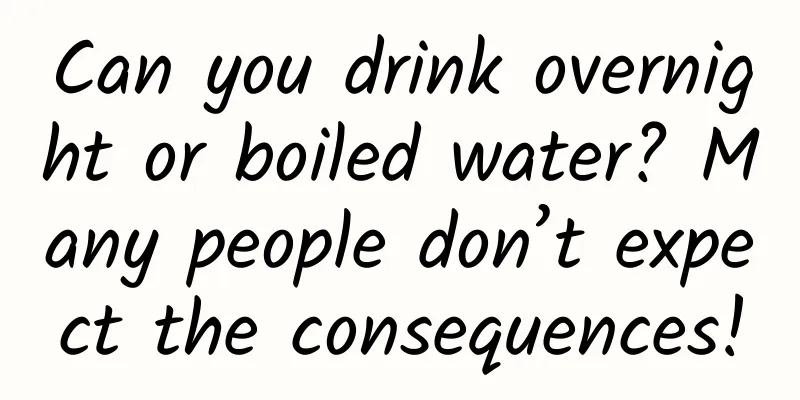How much color will enter the body after tattooing? This explanation is surprising →

|
Compiled by: Gong Zixin For decades, the high prevalence of tattoos has raised health concerns, especially in Europe and the United States, where 17% to 31.5% of people have tattoos, which may put them at risk of exposure to possible carcinogens or other harmful substances. Recently, in a new clinical study, scientists from the German Federal Institute for Risk Assessment tracked for the first time the path and metabolism of tattoo agent liquid components in the human body. The study, published in the journal Archives of Toxicology, suggests that the amount of pathogenic bacteria remaining in the organism is lower than previously thought. "It has long been known that tattoos deposit pigment in the lymph nodes, and our study clearly demonstrates this," says Dr. Ines Schreiver, head of the study from the Center for Skin Toxicology at the German Federal Institute for Risk Assessment. The pigment is insoluble and therefore constitutes the solid part of the ink, but the amount and distribution pattern of the liquid component in the body had not yet been studied. In the study, 24 subjects (aged 22 to 43 years, median 32.5 years) had their tattoos performed by professional tattoo artists under laboratory conditions at the Charité Medical School in Berlin. Each tattoo session lasted an average of less than three and a half hours. Urine and blood samples were collected before, during and after the tattooing. With the help of so-called marker substances, the research team was able to understand how the liquid component of the tattoo agent behaves in the body and how it is metabolized. Study Sampling and Exposure Calculations Metabolites were already detected in the first blood samples soon after tattooing began. This also suggests that during the tattooing process, when substances are absorbed through the skin, metabolism functions differently than expected and is likely metabolized in the skin. Since tattooing is a unique exposure route, it is highly relevant to compare the metabolic profile with oral administration, a route of administration frequently used in toxicity studies. A marker substance used in tattooing is more frequently converted to other metabolites than via oral ingestion. This can be attributed to certain enzymes in the skin cells, as could be demonstrated in subsequent cell culture experiments. It can be assumed that these enzymes have comparable effects on similar substances. Metabolites formed in this way may have different effects than those formed via other uptake routes. Tattoo pictures in research The study also monitored the amount of tattoo ink used during each tattoo, with the ink bottles being accurately weighed before and after the experiment. The study also collected all the needles, cloths and gloves used and measured the amount of ink residue attached to them. On average, only about one-fifth of the color ended up in the skin. Then, most of it was excreted through the wound as the wound healed. Exposure data from ink deposition in the body as part of the study will help to more accurately assess and evaluate the possible health risks posed by potentially harmful chemicals in tattoo inks. Note: The cover image is a copyrighted image. Reprinting it may cause copyright disputes. |
<<: I have a nightmare again! Can nightmares be controlled?
>>: Using the "merry-go-round", he opened up a promising discipline
Recommend
A complete manual for new media operations: detailed explanations of how to use Bilibili, Zhihu, Xiaohongshu, etc.
Lei Jun, chairman of Xiaomi, opened a Xiaohongshu...
In this astronomical "holy land", look for the interstellar glow
Author: Du Lian Audit│Ding Yi Editor: Zhao Jingyu...
up to date! Baidu 360, Sogou or Shenma search, which channel has more traffic?
Many people believe that China has a large popula...
It doesn’t matter if you don’t have enough budget. We will teach you how to promote for free on a platform with 700 million users.
We all know that how many people can be promoted ...
Your blood vessels are quietly developing plaques and hardening! Do this and the "plaques" may shrink or even disappear
This article was reviewed by Fang Jie, Associate ...
What to do when new energy vehicles encounter heavy rain and waterlogging? Be sure to read this for your family's safety!
Recently, the country has reached the annual larg...
BYD: BYD's cumulative sales in 2022 reached 1.8635 million vehicles, a year-on-year increase of 208.64%
BYD issued an announcement that its sales of new ...
Does eating Cordyceps sinensis have any effect on uterine fibroids?
As we pay more and more attention to our bodies, ...
Growth Hacker's Guide: How to Improve User Retention
If you still invest huge budgets to attract new c...
A Generation of Lifelong Learners - An Interview with Andy Matuschak
[[126900]] Andy Matuschak currently works at Khan...
MVVM With ReactiveCocoa
[[164687]] MVVM is a software architecture patter...
In addition to solid, liquid and gas, water can actually burn in this special form!
Matter in the world can appear in many different ...
Audi Dealer Association to be established, SAIC-Audi joint venture final negotiations to start
As March approaches, the final negotiations on th...









